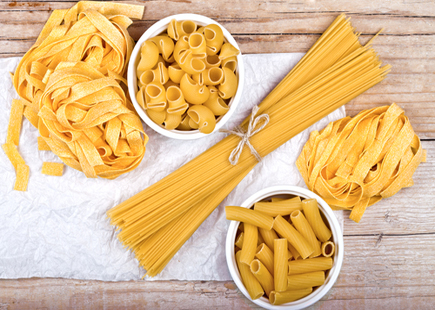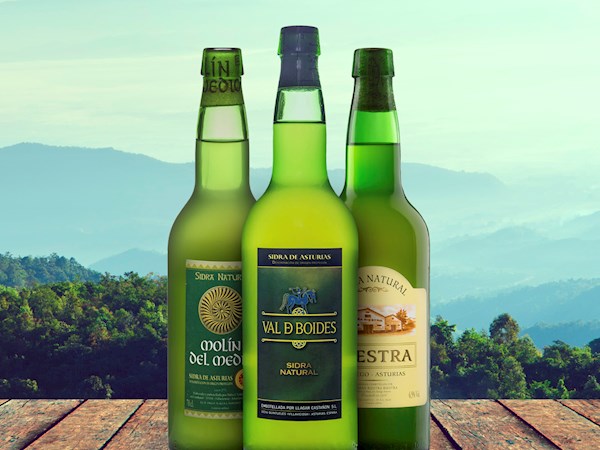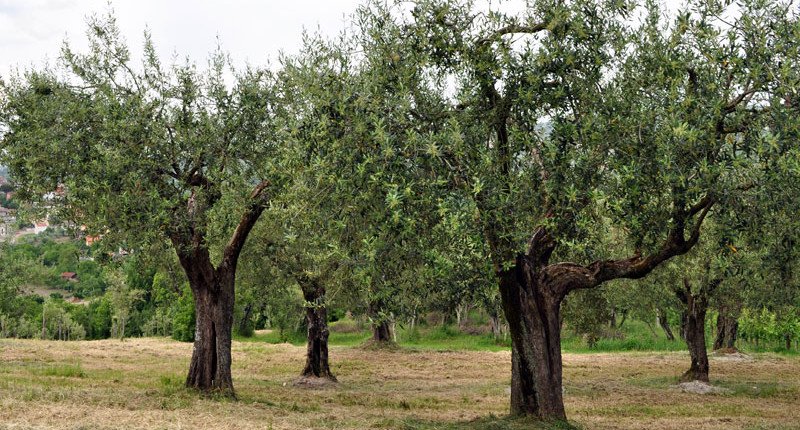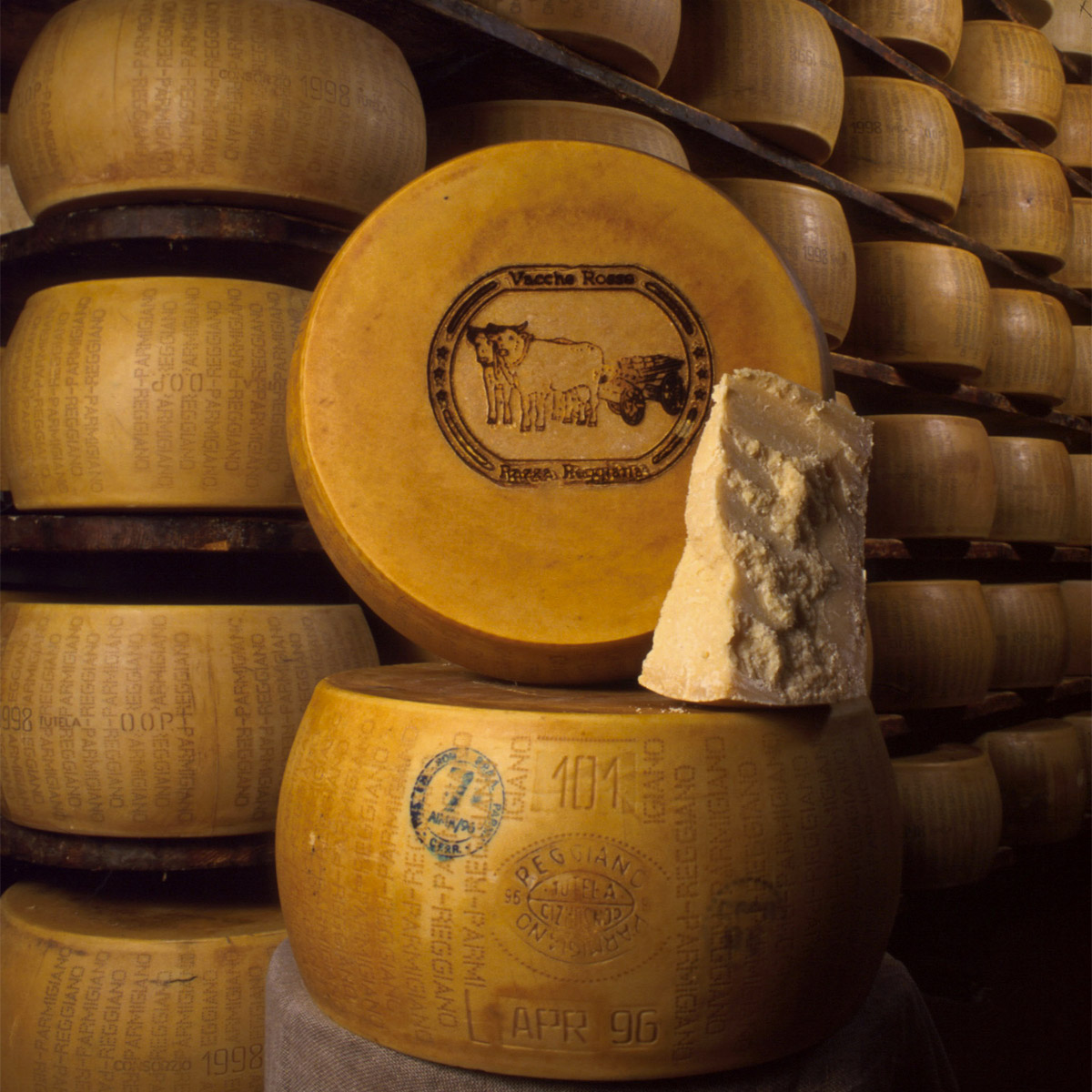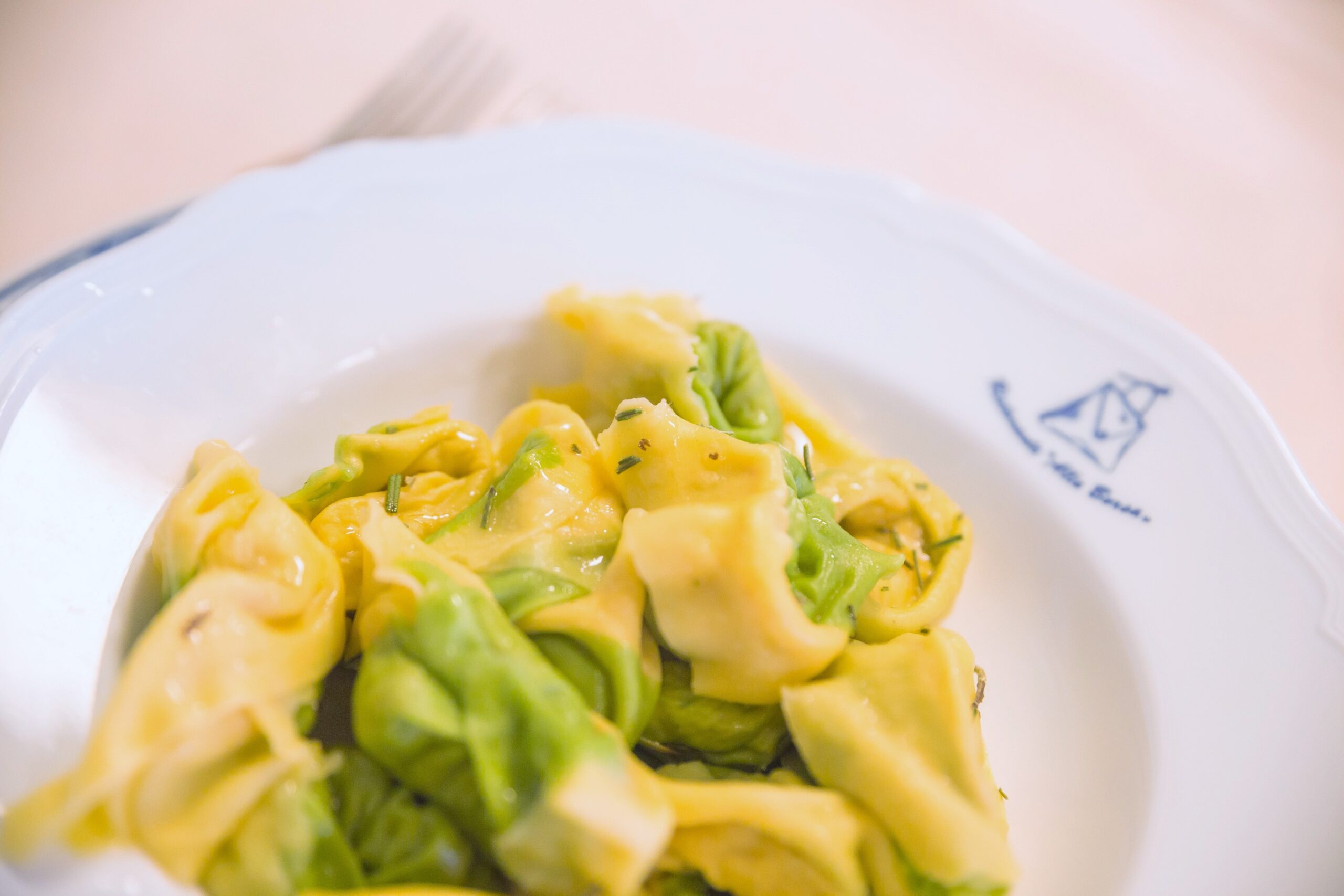Pasta production in Gragnano dates back to the late 16th century when the first family-run pasta factories appeared in the area. History dates the origin of Gragnano’s fame as the home of pasta making to July 12, 1845, the day when the King of the Kingdom of Naples, Ferdinand II of Bourbon, during a luncheon granted Gragnano’s pasta makers the high privilege of supplying the court with all long pasta. From then on Gragnano became the City of Macaroni.
Actually, the tradition of pasta making in Gragnano has very distant origins, going back to Roman times. Already at that time in the Gragnano area wheat was ground: the waters of the Vernotico stream, which flowed down the so-called Valley of the Mills, drove the paddles that ground the crops arriving by sea from the Roman colonies. The resulting flours were then made into the bread that was to feed the neighboring cities of Pompeii, Herculaneum and Stabiae.
As time went on, the need for the poor classes to have a minimum food supply gave rise to a new production, that of dry pasta, made from durum wheat semolina ground in the area.This activity quickly became such an important and deep-rooted tradition that in the 1500s the guild of "vermicellari" was established in Naples, and at the same time an edict of the King of Naples conferred the license of vermicellaro on a Gragnanese man. Until the 17th century it was an uncommon food, but following the famine that struck the Kingdom of Naples, it became a staple due to its nutritional qualities and because of the invention that allowed pasta, known as white gold, to be produced at low cost by pressing the dough through dies. The ideal soils to enable production were Gragnano and Naples, thanks to their microclimates composed of wind, sun and the right humidity.
Already by the early 1800s the town of Gragnano had become famous for the quality of its macaroni and there were a whopping 70 pasta factories, but it was in the middle of the century that production reached its peak: at that time 75 percent of the working population worked in the macaroni industry, there were more than 100 pasta factories and they produced more than 1,000 quintals of pasta a day. Over the centuries, structural and architectural changes in the city went hand in hand with dry pasta production. Via Roma, the symbol of Gragnano pasta, was remodeled to encourage its exposure to the sun, thus becoming a kind of natural drying rack for pasta.
Even today, it is not difficult to find period images showing the street colored yellow by bamboo canes set on stands that held vermicelli and ziti placed to dry. In 1885, moreover, the railway network reached Gragnano to allow faster movement of people and especially goods: wheat, semolina and pasta. In the 20th century, the comparison between Gragnano’s artisanal production and the nascent industry of the north led to a drastic decrease in Gragnano’s pasta factories. Those that continued their activity focused on quality.
The keys to the success of Gragnano pasta lie in the centuries-old existence of a milling industry, the professionalism of dry pasta production in this place, and the favorable climatic conditions. Gragnano is a place naturally suited for the production of durum wheat pasta. In fact, the town is spread over several elevation levels, from 350 to almost 600 meters, on a plateau overlooking the sea, at the southeastern apex of the Gulf of Naples, at the foot of the Monti Lattari. This area, squeezed between the mountains and the sea, enjoys a mild, balanced and slightly humid climate all year round, which allows the pasta to dry gradually. In addition, pure water, low in chlorine, flows from the springs of Mount Faito, which Gragnano pasta makers have always used to make pasta and which gives the final product unmistakable characteristics. The art of making pasta has been handed down in this land from generation to generation, and certain techniques are still crucial in obtaining a quality product: among these, in particular, the bronze die, which gives Gragnano pasta that typical roughness that allows it to hold the sauce to perfection.
There are currently dozens of pasta factories active in Gragnano, eight of which have joined the "Gragnano Città della Pasta" Consortium, founded in 2003 with the aim of defending and relaunching the Gragnano tradition. The president of the Consortium is Giuseppe Di Martino, a partner in Pastificio dei Campi and Pastificio Di Martino.
Pasta di Gragnano is now an I.G.P. product thanks to obtaining the first EU quality recognition awarded to pasta in Italy and Europe in accordance with Official Gazette No. 198 of August 25, 2010, which governs its protected geographical indication. The requirements of the PGI mark are as follows: the pasta must be produced within the municipality of Gragnano only with durum wheat semolina and water from local aquifers. Extrusion of the dough must take place through bronze dies. Drying must take place at a temperature between 40° and 80° C. After cooling (within 24 hours), the dough must be packaged, but without being moved, so that the product keeps perfectly.
